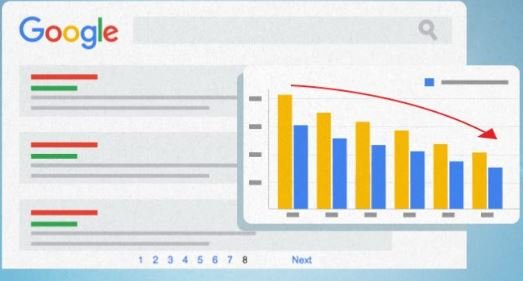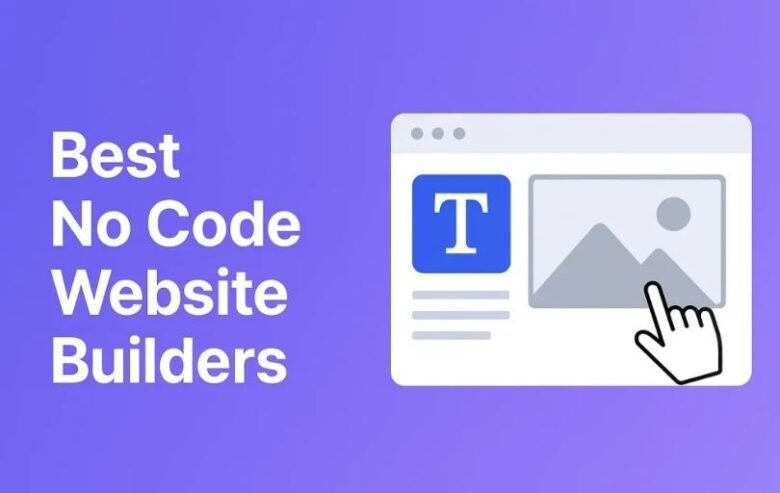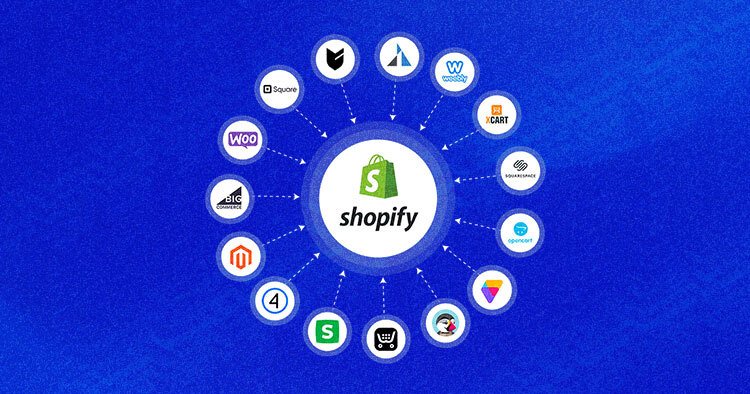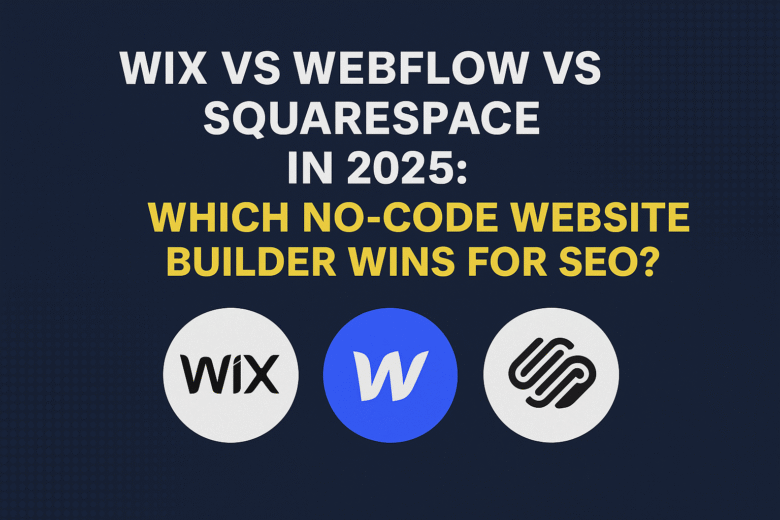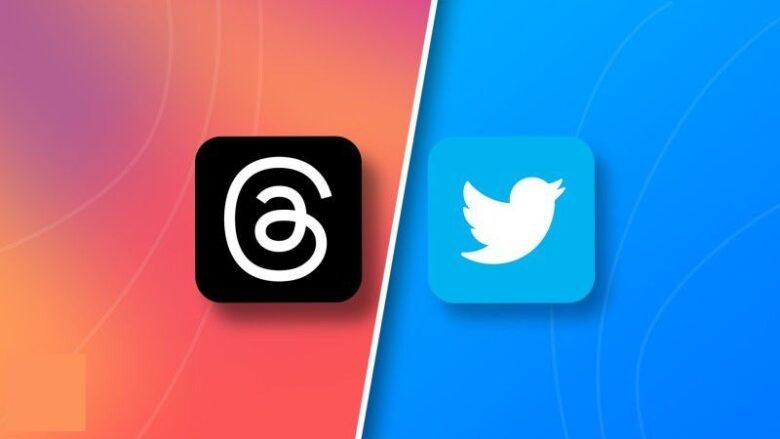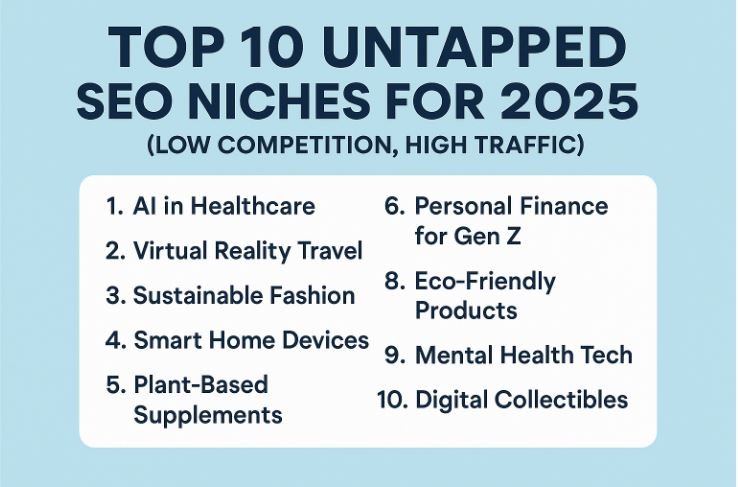Can You Really Rank on Google with a No-Code Website in 2025? In today’s digital-first world, launching a website is easier than ever. No-code platforms like Wix, Webflow, Squarespace, and Shopify empower anyone to build stunning, functional websites no developer needed. But here’s the real question: Can you rank on Google with a no-code website? …
Month: July 2025
No-Code vs Low-Code Which One Should You Choose in 2025? In 2025, digital transformation is no longer optional—it’s essential. Whether you’re an entrepreneur building your first startup, a marketer launching a landing page, or an enterprise streamlining workflows, you’ve probably come across the terms No-Code and Low-Code. But what do they really mean? This guide …
Why Small Businesses Need No-Code Website Builders in 2025 In 2025, if your small business doesn’t have a website, it’s almost invisible. But not every entrepreneur has the time or budget to hire a developer. That’s where the best no-code website builder for small business in 2025 steps in offering a cost effective, beginner-friendly, and …
Why Creatives Need the Right Portfolio Site in 2025 In 2025, your portfolio is more than just a digital resume it’s your personal brand. For designers, artists, illustrators, videographers, and other creatives, the pressure to stand out online has never been greater. But what if you don’t code? That’s where the Best No-Code Website Builder …
Blogging Made Easy in 2025 In 2025, launching a blog no longer requires learning to code, hiring developers, or spending weeks tweaking templates. Thanks to no-code website builders, content creators and bloggers can now build beautiful, SEO-optimized websites with just a few clicks. Whether you’re a travel writer, fashion enthusiast, or food blogger, these platforms …
The Rise of No-Code E-Commerce (Hook) E-commerce in 2025 is booming fueled by remote work, global marketplaces, and AI-driven consumer behavior. But not everyone can code, nor should they need to. That’s why many entrepreneurs and small business owners are ditching traditional platforms and turning to no-code website builders. If you’ve ever felt overwhelmed by …
The 2025 No-Code Showdown for SEO In 2025, no-code website builders are more powerful than ever. But when it comes to ranking high on Google, not all platforms are created equal. If you’re a blogger, freelancer, entrepreneur, or small business owner, SEO (Search Engine Optimization) isn’t just important it’s make-or-break. That brings us to the …
Build Beautiful Websites Without a Single Line of Code Why No-Code Website Builders Are Taking Over in 2025 Building a website in 2025 doesn’t require a degree in computer science or thousands of dollars in developer fees. Thanks to the rise of no-code website builders, entrepreneurs, freelancers, creators, and small businesses can now launch professional …
The Social Media Tug of War The battle for attention in the digital world is intense and brands are caught in the middle. With Instagram Threads making waves and Twitter/X reinventing itself under Elon Musk’s leadership, marketers are asking one critical question: Which platform offers better ROI for brand marketing Threads or Twitter/X? If you’re …
As the digital world continues to expand, finding untapped SEO niches that offer both low competition and high traffic is a key to success for any website or business. These niches provide a goldmine of opportunities for new websites to rank quickly, even in highly competitive industries. In this article, we will explore the top …

